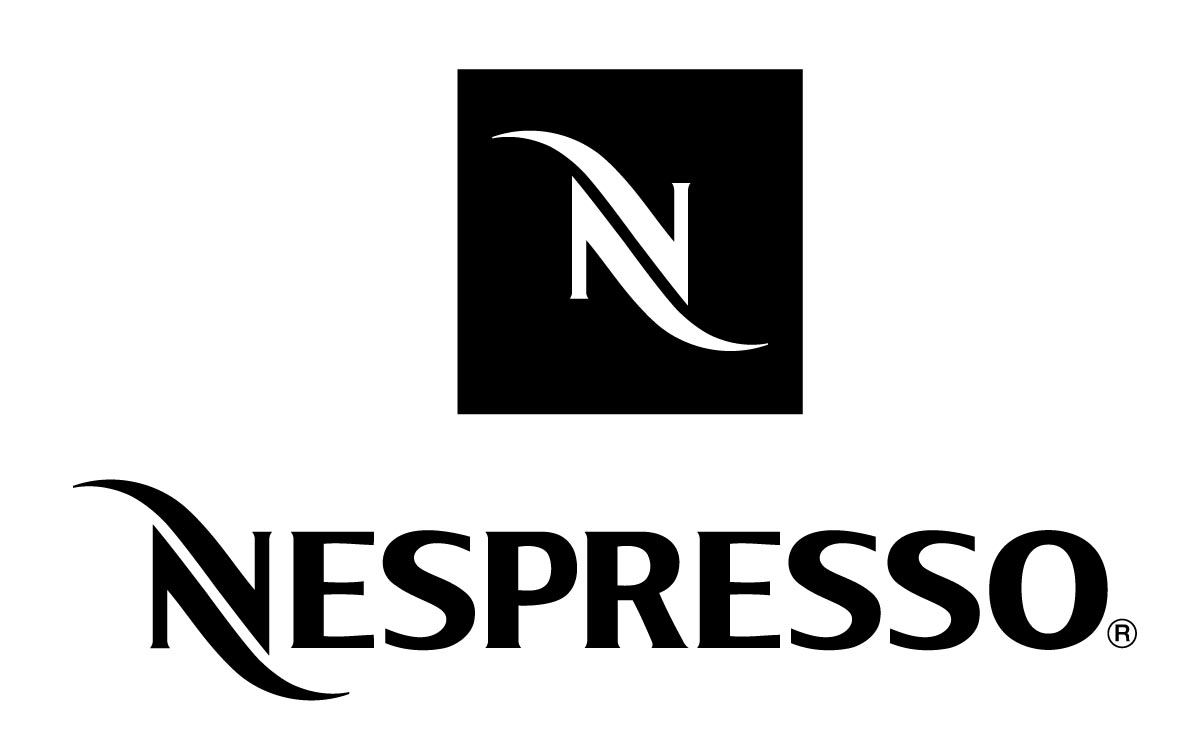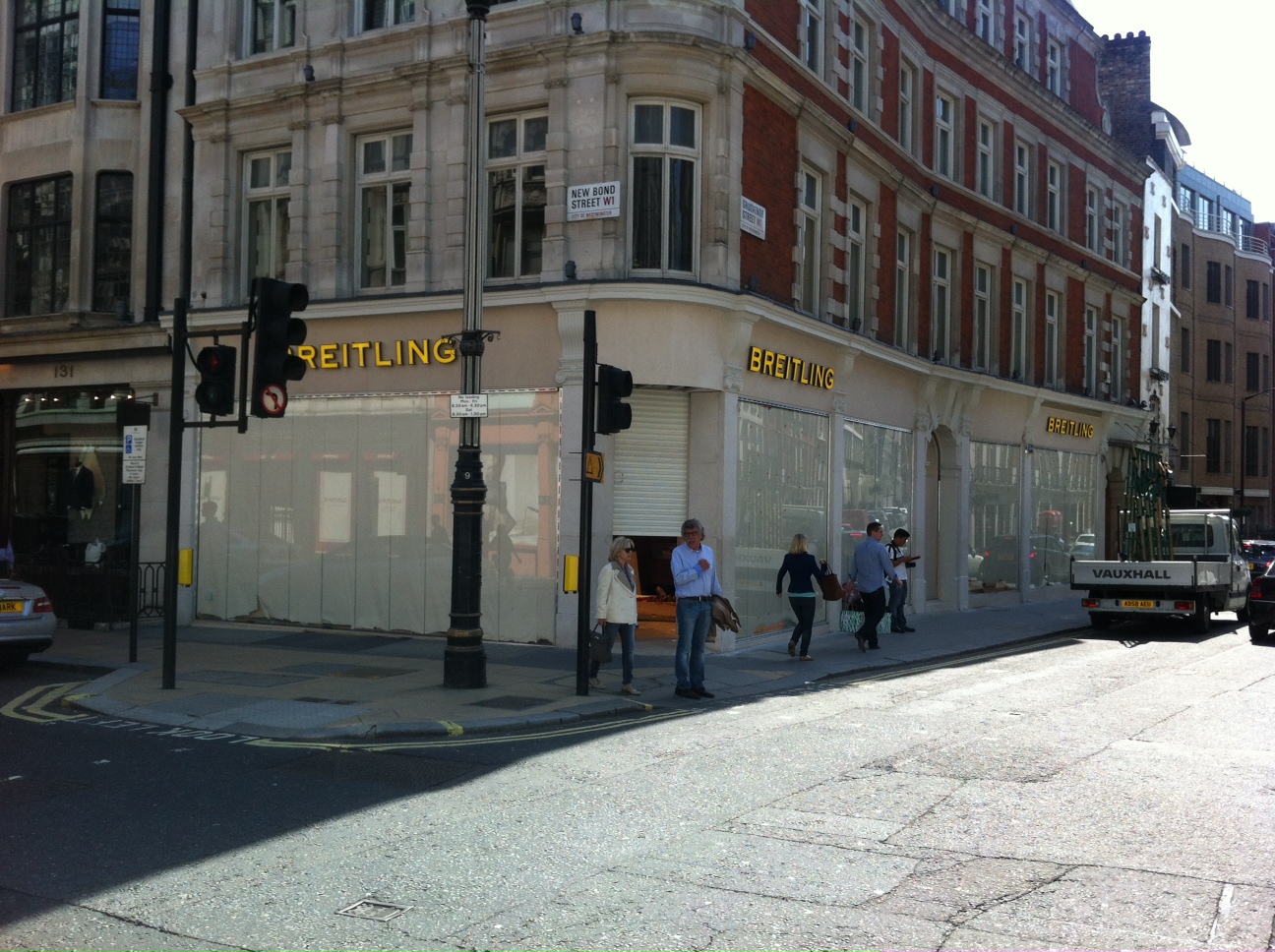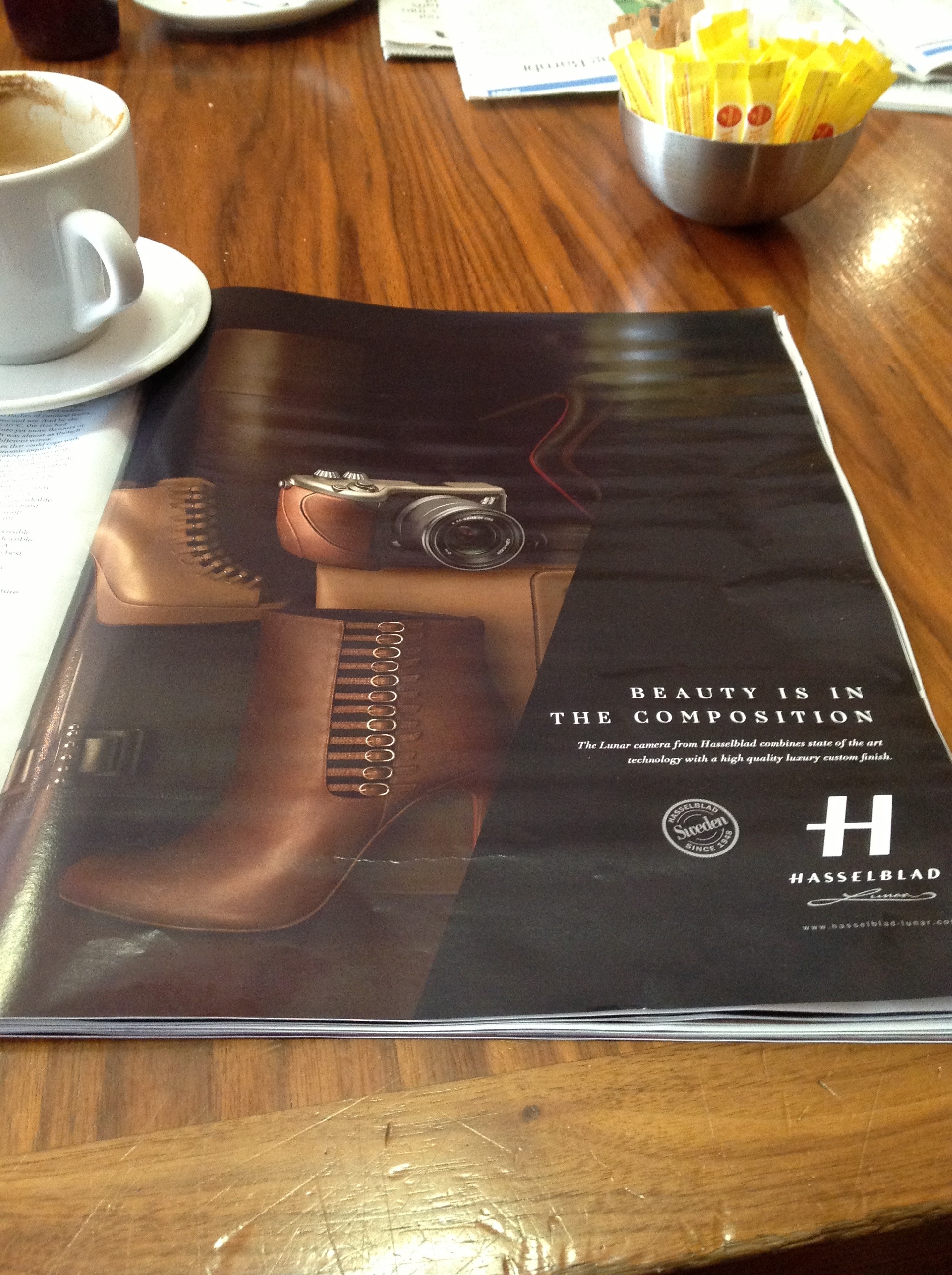Last summer, when I made the decision that my next career move would be working for myself, I outlined the three areas of focus which, in my mind, would occupy my time and efforts every day;
- learning, immersion and thought leadership
- identifying business opportunities and winning
- delivering work and satisfying clients
Almost three months in and I'm pleased to say I'm remaining true to my objectives. As time goes on it's clear that the first objective becomes harder - it's inevitable that with more business there is a time pressure (the only thing we cannot expand is available time, without hiring) but I believe that not making time is a one-way road to failure.
Learning, immersion and thought leadership keeps the marketer fresh and relevant. It sharpens skills and sparks the imagination which ultimately help with the second and third objectives. So I'm now building in 6 of these a month.
This week King's College London Enterprise Connect ran a Marketing & Communications seminar emailed "How unique can you be ?" (It was free, in the evening and ended with networking and refreshments - so an efficient evening and I still managed to fit in a late dinner).
What made the seminar particularly valuable was the quality and range of speaker;
Dominic List - a very successful, serial entrepreneur who finds time to help others.
Tim Allen - an equally successful politico (Tony Blair in opposition and in early years in government) turned founder of his own communications consultancy.
Carl Phil - an energetic and unconventional entrepreneur.
Farzana Baduel - founder of Curzon PR.
All were good but for me List and Allen were the most valuable.
List for his absolute belief that marketing really does exist at the heart of the enterprise. He sees commercial and marketing tightly bound together and he's right. His commitment to the customer experience and the fact that marketing is about "understanding people, their preferences and therefore their purchases." is the critical thinking behind his deceleration that he spends "50%" of his focus on marketing. It obviously works.
Allen struck an absolute chord with me because of his political background. He believes, as I do, that political messaging and marketing campaigning are incredibly similar processes. Successful marketing campaigns (like politics) win hearts then minds. I share Allen's vision that starting from that absolute outward message and working backwards, backfilling the tactical plan is the way to success.
An investment of a couple of hours of my time but a weeks worth of stimulus and leanings. If you're not learning you are losing. Always be learning.







